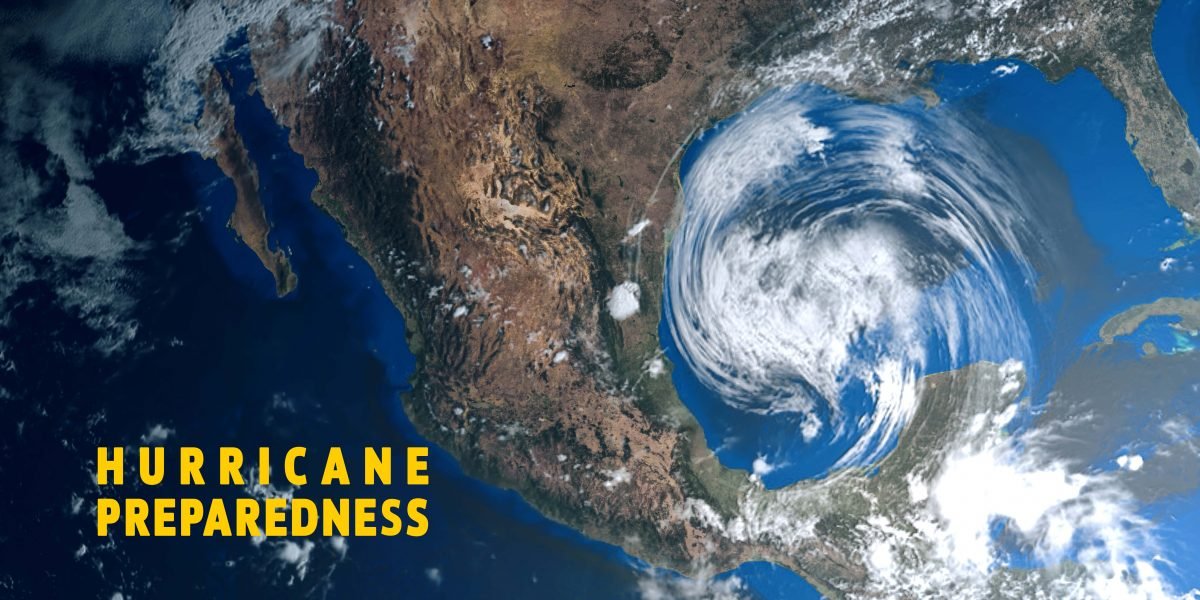Hurricane Safety Procedures: How To Keep Workers Safe
The effects of a hurricane can be deadly and damaging, therefore the more proactive you are, the less downtime you will face as a company. When it comes to hurricane safety, preparedness is everything.
A good way to incorporate a natural disaster preparedness discussion may be through a toolbox talk. Use this to discuss key terms to know, your organization’s evacuation plan, how to build an emergency supply kit and your emergency communication plans and policies.
The best way to prepare for a tropical storm or hurricane is to understand their definitions and follow company procedures. Knowing key terms and phrases can help build an understanding of when a life-threatening situation may occur and how to react.
The impact a hurricane makes will depend on what area of a hurricane is affecting you. In a hurricane, there is the eye, eye wall and rain bands. The eye is the hole at the center of the storm. Winds are light in this area, with partly cloudy skies. The eye wall is a ring of thunderstorms. These storms swirl around the eye. This is where winds are strongest and rains are heaviest. Rain bands are bands of clouds and rain go far out from the eye wall and stretch for hundreds of miles. They can contain thunderstorms and tornadoes.
Saffir-Simpson Hurricane Wind Scale
Once a tropical storm becomes a hurricane they are then categorized by wind speed. We measure hurricane categories based on the Saffir-Simpson Hurricane Wind Scale, which was developed in the 1970s by engineer Herbert Saffir and meteorologist Robert Simpson. According to NASA, hurricanes are the most violent storms that occur on Earth, created by just heat and water.
Preparing your workplace for a hurricane:
OSHA requires employers to protect workers from anticipated hazards and provide a safe and healthful workplace. Each employer should have an evacuation plan in place to ensure employees can get to safety. OSHA says a thorough evacuation plan should include:
Conditions that will activate the plan
Chain of command
Emergency functions and who will perform them
Specific evacuation procedures, including routes and exits
Procedures for accounting for personnel, customers, and visitors
Equipment for personnel
Many are faced with the challenge of evacuation. Whether evacuation means from your office, home, or town a plan is essential. It is your responsibility to know your workplace evacuation plan, to create a plan for your home and to know your city evacuation routes. The majority of injuries and deaths from hurricanes occur because people failed to evacuate. Remaining in an unsafe location during a storm is risking your life.
You can prepare for an evacuation by putting together an emergency supply kit and testing emergency evacuation and communication plans.
An emergency supply kit should contain three days’ worth of supplies. This means one gallon of water per person, per day and non-perishable foods. Supplies other than food and water can be essential to staying safe. You may want to also include flashlights, radios, batteries, and important documents. When preparing a supply kit, keep in mind your specific needs. If you take daily medication, pack at least three days’ worth of medication.
During an emergency, people become flustered and rush around. Practicing an evacuation plan and testing communication will prevent employees from scrambling around and creating hazards during an emergency evacuation. Remember that when it comes to hurricanes, preparedness is one of the most important factors to your safety.
The safety of your employees is our top priority.
We would be happy to answer any questions and help you choose the perfect safety solutions for your needs.
Get a free quote for your following job site today!
Submit your contact information to speak with an Onsite Safety representative.



